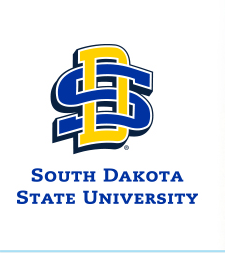Document Type
Thesis - Open Access
Award Date
2022
Degree Name
Master of Science (MS)
Department / School
Natural Resource Management
First Advisor
Maribeth Latvis
Keywords
hybridization, invasive species, phylogenomics, Russian thistle, Salsola, Salsoleae
Library of Congress Subject Headings
Russian thistle.
Phylogeny.
Hybridization.
Invasive plants.
Number of Pages
102
Publisher
South Dakota State University
Recommended Citation
Khanal, Deva Raj, "Disentangling the Complex Evolutionary History of Invasive Russian Thistle: Phylogenetic Relationships, the Role of Hybridization, and Public Engagement" (2022). Electronic Theses and Dissertations. 440.
https://openprairie.sdstate.edu/etd2/440

